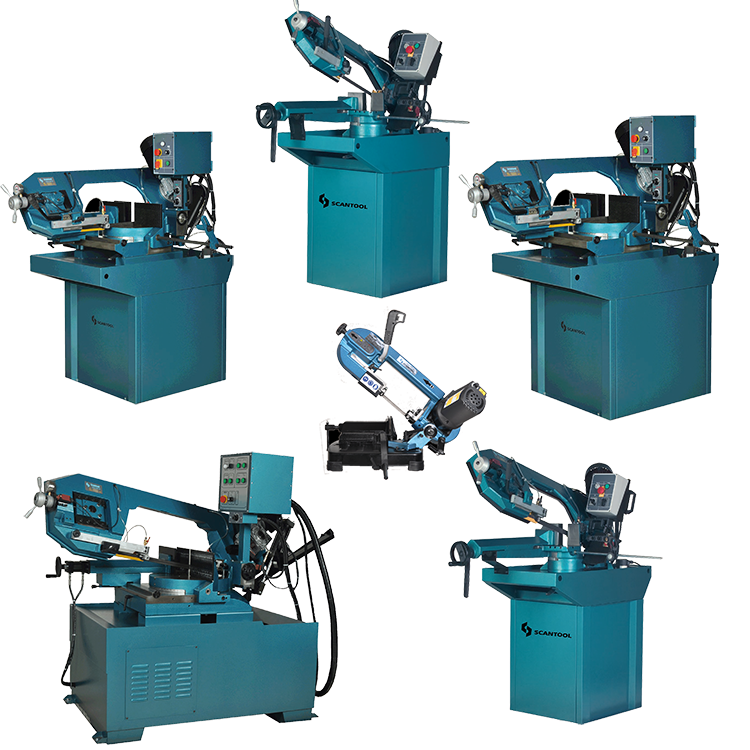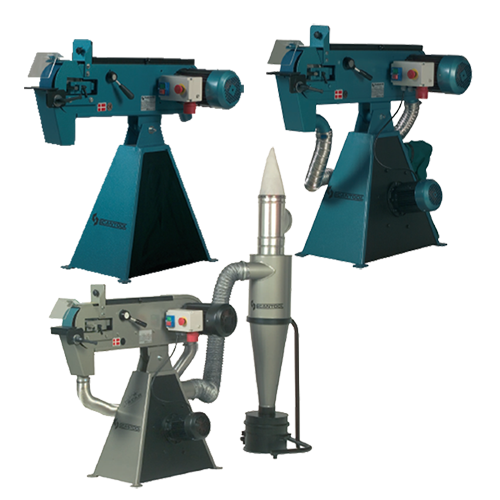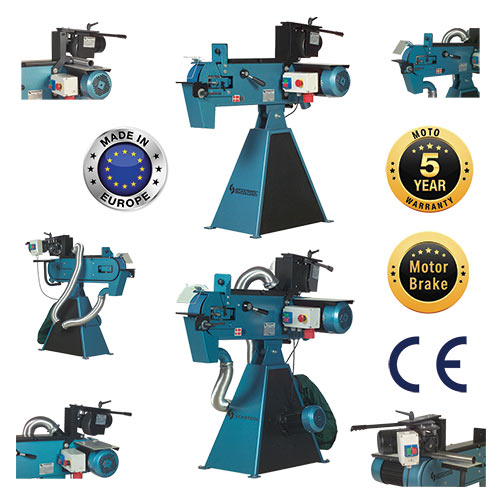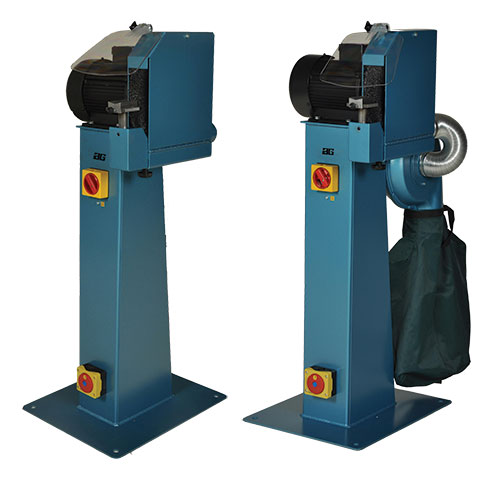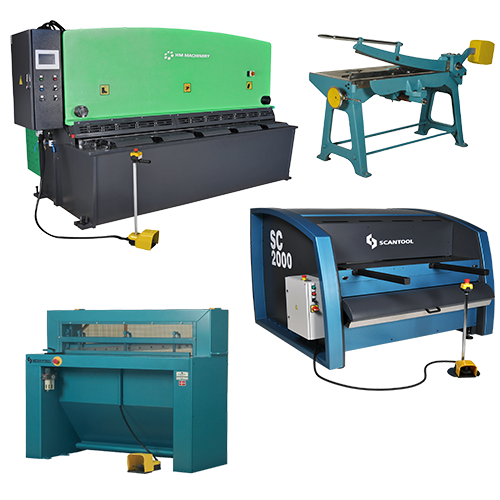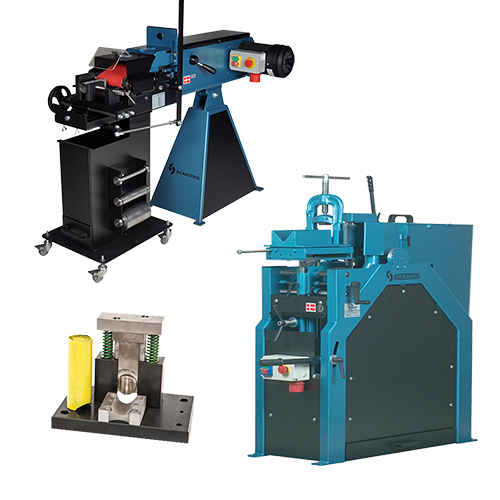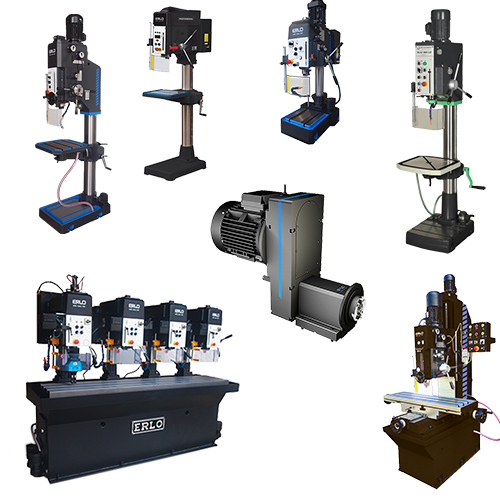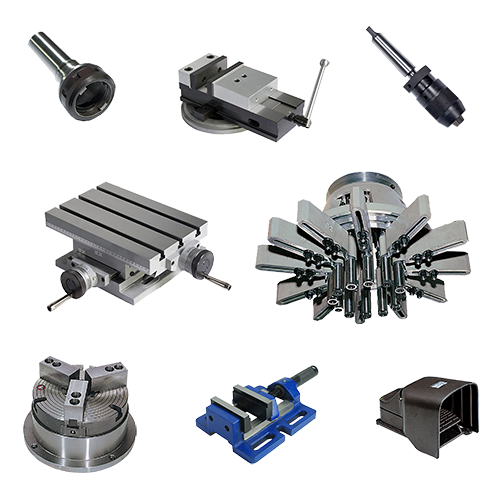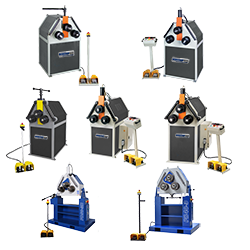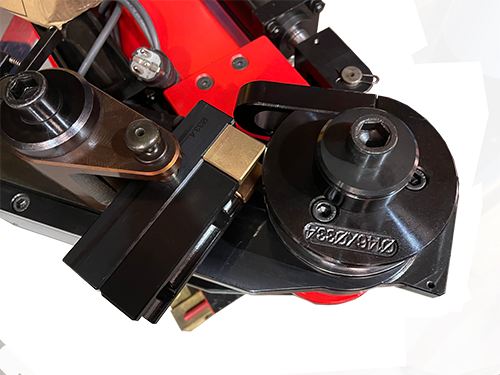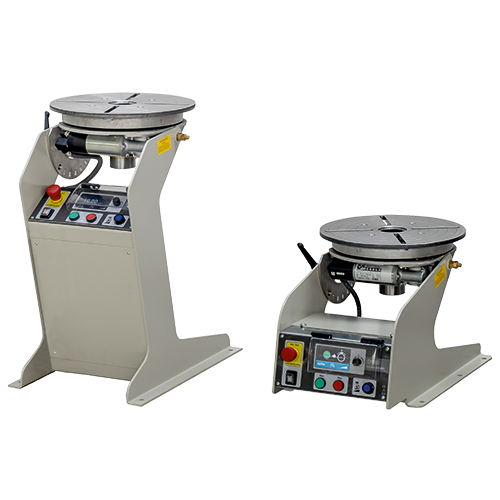In today’s competitive industrial landscape, efficiency isn’t just a goal; it’s a necessity. That’s why we aim for maximum Workshop press efficiency. Workshop presses, a staple in metalworking and fabrication industries, have evolved significantly to meet the demanding standards of modern workshops. Understanding the features, benefits, and addressing common pain points associated with these machines can significantly impact productivity and operational success.
What is a Workshop Press?
A workshop press is a machine used to shape, form, or cut materials, typically metal, by applying pressure. These tools are essential in various manufacturing, repair, and production environments, where precision and efficiency are paramount.
Benefits of Using Workshop Presses
- Precision Work: Modern presses offer precise control over shaping and forming, allowing for high-quality production with minimal error.
- Efficiency: Enhanced automation features reduce manual handling, speeding up the production process and reducing labour costs.
- Versatility: With attachments and accessories, workshop presses can perform a multitude of tasks, from punching and bending to shearing and forming.
Efficient Workshop Press Features
Today’s high-performance workshop presses come equipped with features designed to maximise operational efficiency:
- Automated Control Systems: Advanced controls allow for precise operations, reducing the chance of errors and material wastage.
- Enhanced Safety Features: Integrated safety sensors and guards ensure operator safety without compromising productivity.
- Energy Efficiency: Newer models are designed to consume less power, helping keep operational costs down.
Addressing Common Pain Points
1. High Cost
- Solution: Many manufacturers offer financing options. Additionally, the increased efficiency and longevity of modern presses can offset initial costs over time.
2. Complex Installation and Setup
- Solution: Suppliers often provide installation services, and some presses feature modular designs that simplify setup.
3. Maintenance Requirements
- Solution: Current models are designed with easier access to components and self-diagnostic capabilities to streamline maintenance.
4. Space Constraints
- Solution: Compact models are available that provide the power needed without occupying excessive space, suitable for smaller workshops.
Advanced Technologies in Workshop Presses
Incorporating AI and IoT technology not only refines the precision of workshop presses but also introduces predictive maintenance, minimising downtime by anticipating and addressing potential failures before they occur.
Choosing the Right Workshop Press
Selecting the right press involves understanding your specific needs:
- Assess Your Needs: Consider the type of work, materials involved, and the volume of production.
- Consult Experts: Leverage the knowledge of experienced providers who can offer tailored advice based on your operational requirements.
Conclusion
Workshop presses are more than just machines; they are integral to the success of modern manufacturing environments. With the right press, businesses can achieve higher efficiency, lower costs, and improved safety, propelling them towards greater productivity and competitiveness.


